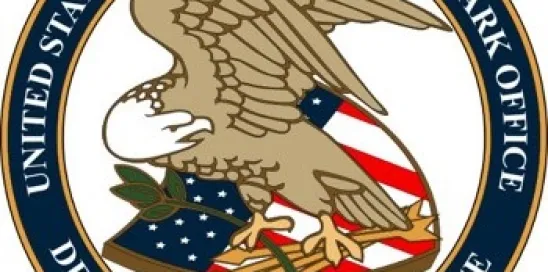After several high-profile instances of artificial intelligence (AI) hallucination and Chief Justice John Roberts’s year-end report acknowledging the shortcomings of blindly relying on AI in legal writing, Kathi Vidal, the Director of the U.S. Patent and Trademark Office (USPTO), issued a memo concerning the use of AI when practicing before the USPTO. She echoed that while AI can be helpful to practitioners, the existing USPTO Rules of Professional Conduct impose duties related to any submission.
Practitioners are required to sign most papers filed with the USPTO. By signing the paper, the practitioner is indicating that they reasonably believe the statements made in the paper are true and that any legal contentions are warranted. Director Vidal specifically indicated that assuming that an AI tool is correct without any verification is not reasonable. Practitioners who fail to follow this warning risk the paper being given less weight, the USPTO terminating the proceeding, or facing discipline.
Despite these warnings, the USPTO is looking into ways to utilize AI in the patent process. President Biden instructed Director Vidal to issue guidance on AI inventorship and patent eligibility. This guidance indicates that AI-assisted inventions are not necessarily unpatentable. To be patentable, the claims should highlight the human contribution. The USPTO listed five non-exhaustive factors to assist in determining whether a human’s contribution is significant enough to qualify the human as an inventor. These generally indicate that a person must contribute to an inventive concept beyond presenting a problem to be solved by an AI model or simply overseeing the AI system.
In noting that an AI model can be a contributor but not an inventor, Director Vidal reinforced that practitioners have a reasonable duty to inquire into the inventorship of an application and ensure that a human contributed to the invention in a significant enough way to be named an inventor properly. However, the USPTO does not require any further disclosure related to the using AI in the inventive process outside of any pre-existing requirements. The USPTO will host a webinar on March 5, 2024, to explain its new guidance further.



 />i
/>i

